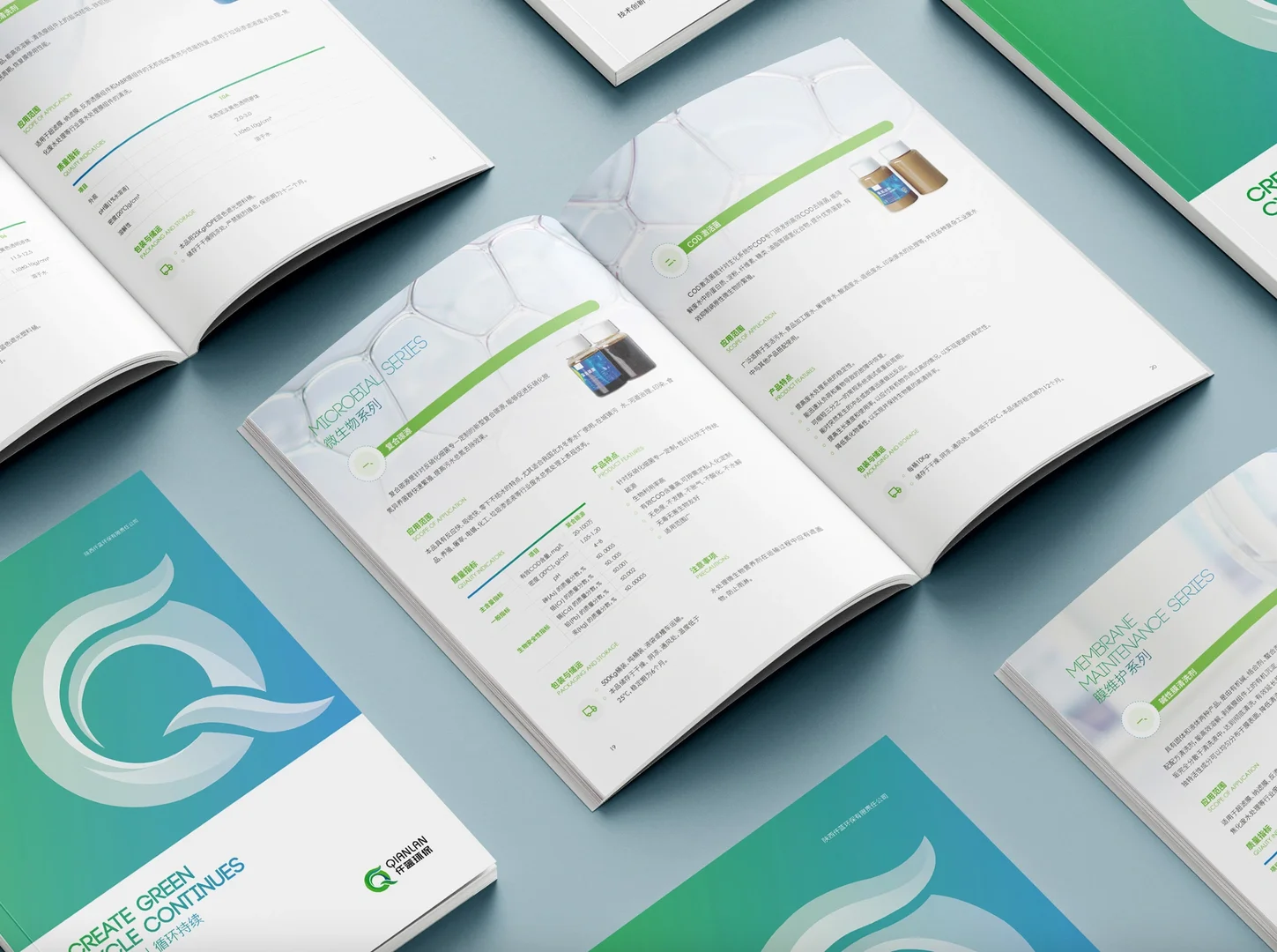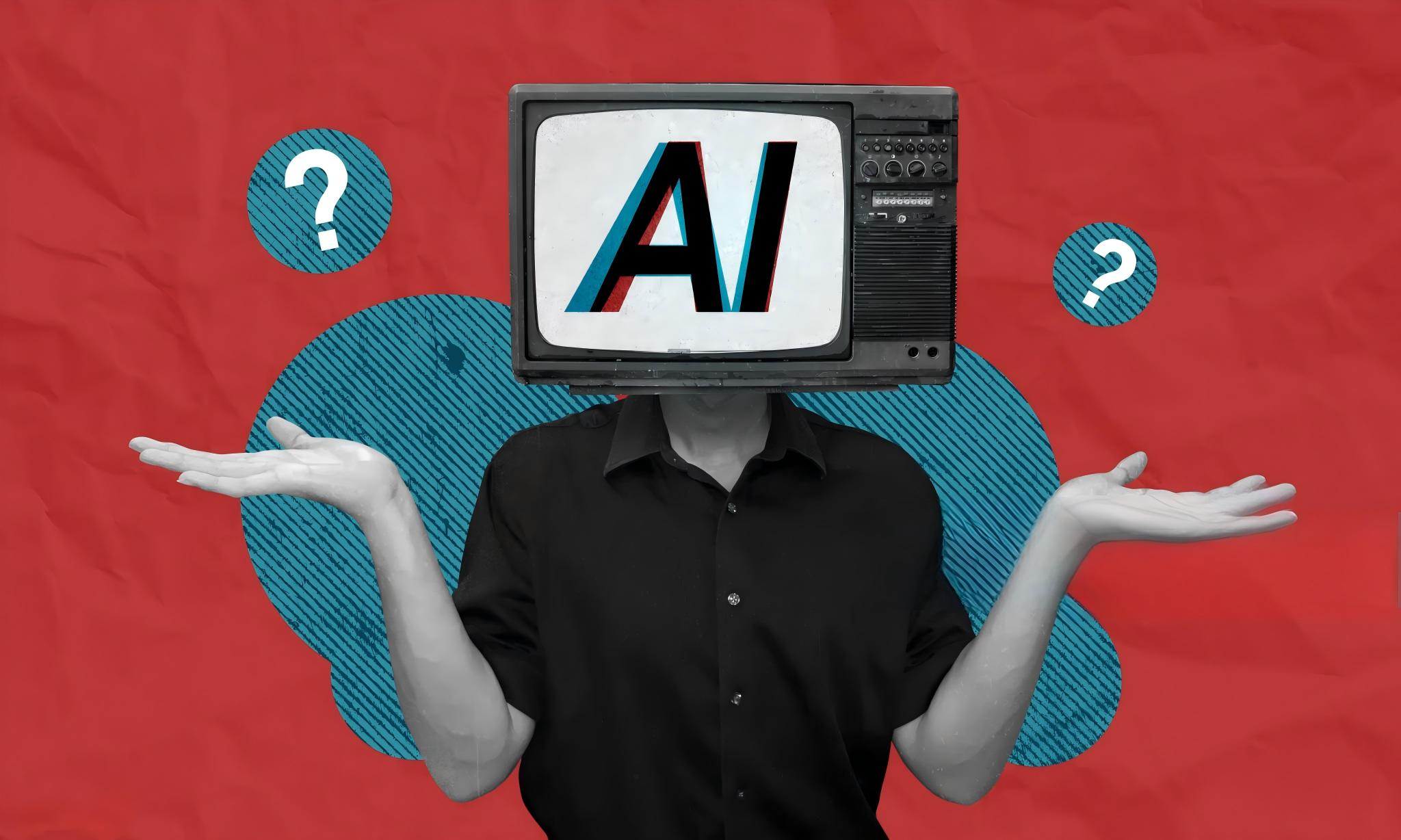If a maintenance technician reads "emergency stop" on page 12 of a manual and "safety halt" on page 84 for the same button, you don’t just have a linguistic error. You have a liability.
In the world of heavy machinery, medical devices, and software engineering, ambiguity is the enemy. When you multiply a 500-page technical manual by 20 target languages, the potential for chaos doesn't just double; it scales geometrically. This is where the difference between a disorganized translation and a professional localization workflow becomes a line item on a balance sheet.
Managing this chaos requires two specific assets: Termbases (TB) and Translation Memory (TM). While often conflated by outsiders, they are distinct levers for controlling quality and cost.
The Termbase: Your Project’s Constitution
A Termbase is not a dictionary. A dictionary gives you options; a Termbase removes them.
In technical translation, we don't want creativity. We want compliance. A robust Termbase (TB) is a centralized database that dictates exactly how specific concepts must be translated. It serves two critical functions:
Enforcing Uniformity: It ensures that "Cylinder Head" is translated the exact same way in German, whether it appears in a marketing brochure, a user guide, or the UI string of a control panel.
The "Do Not Translate" (DNT) Rule: Just as important as what to translate is what not to translate. Product codes, specific software variables, and trademarked names are flagged in the TB to prevent over-zealous linguists from localizing strings that need to remain in English.
Without a TB, five different translators working on the same project will inevitably use five different synonyms for a single component. Correcting that mess during the QA phase is infinitely more expensive than preventing it upfront.
Translation Memory: The Economic Engine
If the Termbase is about quality, the Translation Memory (TM) is about pure ROI.
A TM is a database that stores every sentence, paragraph, and segment that has ever been translated. It is the reason why the second version of a manual costs significantly less than the first.
When a translator opens a document, the CAT (Computer-Assisted Translation) tool scans the text against the TM. It looks for matches:
100% Match: The sentence has been translated before. It is auto-filled. Cost to client: usually zero or negligible.
Fuzzy Match (75-99%): The sentence is similar to a previous one (e.g., "Press the Red button" vs. "Press the Blue button"). The translator only fixes the difference. Cost to client: heavily discounted.
The Data Behind the Savings
The savings aren't theoretical. Industry benchmarks from CSA Research consistently show that mature localization workflows utilizing TMs can drive down total translation costs by 30% to 50% over a product’s lifecycle.
Furthermore, it accelerates time-to-market. A massive technical update might involve 50,000 words, but if 40,000 of them are structurally identical to the previous version, the TM allows the team to focus only on the 10,000 new words. This can cut turnaround time in half.
Quality is a Rigorous Process, Not a Magic Button
However, owning the software isn't enough. The effectiveness of these tools depends entirely on who is wielding them. A "dirty" TM (filled with bad translations) propagates errors faster than humans ever could.
This brings us to the necessity of the "Human-in-the-Loop" standard (ISO 17100). The most effective workflows involve subject matter experts reviewing terminology before translation begins, and linguists who specialize in specific verticals—be it aerospace or semiconductors—handling the actual text.
Expertise Beyond the Manual
Consistency in technical manuals is the baseline, but today’s global content requirements rarely stop at text. The complexity involved in managing a million-word technical termbase is the same discipline required for more dynamic, multimedia-heavy projects.
This is the operational philosophy behind Artlangs Translation.
With a history deeply rooted in the language services industry, Artlangs has scaled its expertise to cover over 230 languages. But we don’t just move words; we manage complex linguistic data. Our experience spans traditional translation services to the intricate demands of video localization, short drama subtitling, and game localization.
We understand that the precision required for a technical manual is the same precision needed when coordinating multilingual dubbing for audiobooks or managing high-volume data annotation and transcription for AI training sets.
Whether you are localizing a safety-critical manual or producing a localized short drama series for a global audience, Artlangs brings decades of experience and a rigorous, data-driven workflow to ensure your content resonates—accurately and cost-effectively—in every market.











